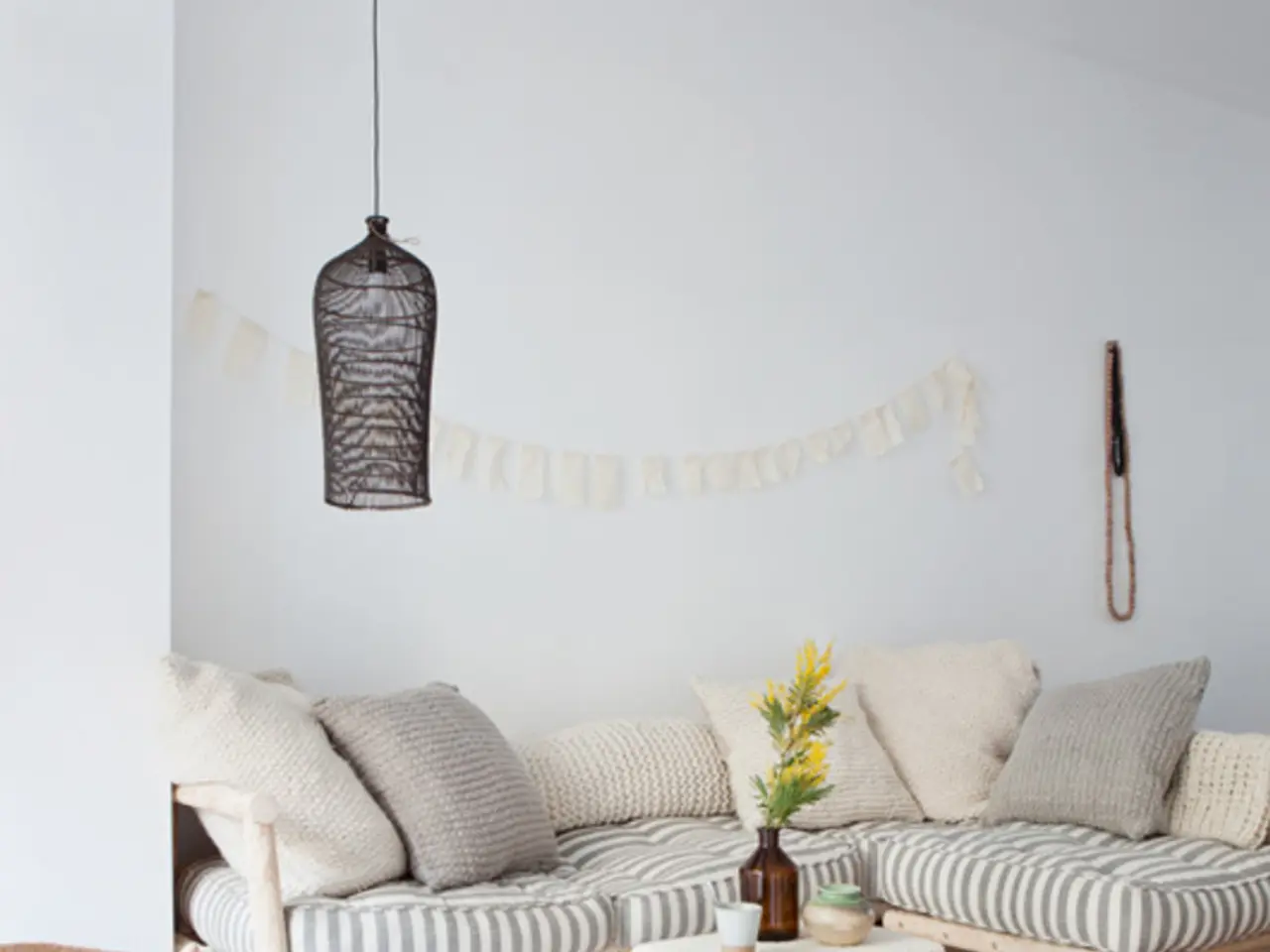Natural Room Cooling Plants: Beat the Heatwave withThese Clever Varieties of Houseplants
In the sweltering heat of summer, keeping a cool and comfortable home can be a challenge. However, a surprising solution may lie in your living room – houseplants. These green companions not only add a touch of natural beauty to your interior but also contribute to cooling your room through a natural process called transpiration.
## Best Houseplants for Cooling
1. **Areca Palm (Dypsis lutescens)** - Known for its high transpiration rate, making it effective at cooling rooms.
2. **Ficus Benjamina (Weeping Fig)** - Also transpires well, contributing to a cooler environment.
3. **Peace Lily (Spathiphyllum)** - Offers the dual benefit of air purification and transpiration to cool the room.
4. **Rubber Plant (Ficus elastica)** - Another plant that can help maintain a cooler room through transpiration.
5. **Aloe Vera** - A succulent that releases cool evaporated moisture during transpiration, bringing relief in hot weather.
## How They Work
The transpiration process involves houseplants absorbing water through their roots and releasing it into the air through small openings on their leaves called stomata. This process cools the plant and its surroundings by using the heat from the air to evaporate the water.
Effective cooling with houseplants also depends on maintaining optimal humidity levels and ensuring good air circulation in the room. This helps distribute the cooled air and prevents overheating. While a single plant can offer some cooling effect, having multiple plants can amplify this effect, especially in well-ventilated spaces.
## Additional Tips
- For optimal cooling, choose plants that are known for high transpiration rates and air circulation. - Maintain an optimal humidity level in your home to enhance plant growth and cooling efficiency. - Combine houseplants with good ventilation to maximize their cooling benefits. - Areca Palms are known for their lush, feathery fronds and are excellent at releasing moisture into the air. - The rubber plant (Ficus elastica) releases water into the air to cool down, with larger leaves releasing more moisture. - Placing a group of Ficus Benjamina together can start an ecosystem and keep the air feeling pleasant. - A single Boston fern won't make a significant difference in cooling, but grouping a few together can create a humid microclimate. - Boston ferns need to be well-watered to maintain the natural cooling process. - The Ficus elastica 'Tineke' has pretty variegated leaves. - Peace Lily helps cool the air and also purifies it. - Remember, while houseplants can contribute to cooling, they are not a replacement for air conditioning in extreme heat. However, they can be a helpful addition to your cooling strategy.
So, consider adding some of these cooling houseplants to your home and enjoy a greener, cooler living space. Happy gardening!
- Incorporating houseplants into your home-and-garden, such as the Areca Palm, Ficus Benjamina, Peace Lily, Rubber Plant, and Aloe Vera, can help amplify the cooling effects in your living room due to their high transpiration rates and contribution to air circulation.
- To make the most of your cooling houseplants, maintain an optimal humidity level, choose plants known for high transpiration rates, combine them with good ventilation, and don't forget about the additional benefits some plants, like the Peace Lily, offer in terms of air purification.




